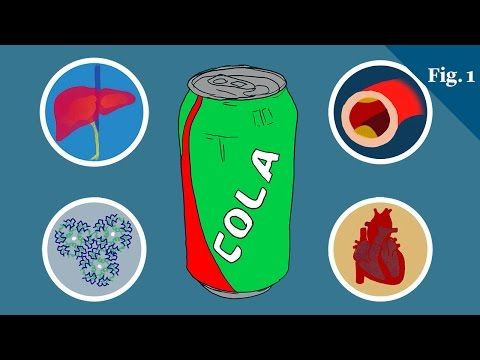Your Body On Sugar: While Glucose Provides Energy, A High Fructose Diet Leads To Metabolic Syndrome

We’re constantly hearing about how bad sugar is for our bodies, especially high fructose corn syrup found in sodas, but what exactly does sugar do when it’s inside of our system? To understand the effects of different types of sugar on us, the University of California’s Kimber Stanhope gave two groups of volunteers two different diets; one group was fed pasta, bread or rice, while the other was given a sugary beverage.
She then explained what happened next in the video she produced with Fig. 1. First, Stanhope looked at the effects of glucose, which is commonly found in all of the grains we eat. When glucose enters our body, it takes its time being processed by the enzymes of the intestine, but is then transferred to the liver through the portal vein. If the liver needs the energy the glucose provides, it will take some of it, but the rest will bypass the liver to be used by any other area of the body that needs it.
Fructose, on the other hand, is a bit different. Fructose will be processed by the intestines as well, and then directed toward the liver, but the liver will then take more fructose than it needs, even if it has enough energy. Fructose therefore rarely gets delivered to other parts of the body and is instead stored as fat. This starts a vicious cycle, contributing to all the diseases we know to make up metabolic syndrome.
Fat from the liver will often be transferred to the blood, making for higher cholesterol and triglycerides; this means an increased likelihood of developing cardiovascular disease. On top of this, liver fat affects insulin’s ability to do its job, making the body more inclined to develop diabetes. And when insulin is not working correctly, this often translates to even more fat in the liver.
So how do we prevent this cycle from starting? Cut down on the beverages and foods high in fructose, and save them for special occasions.



























